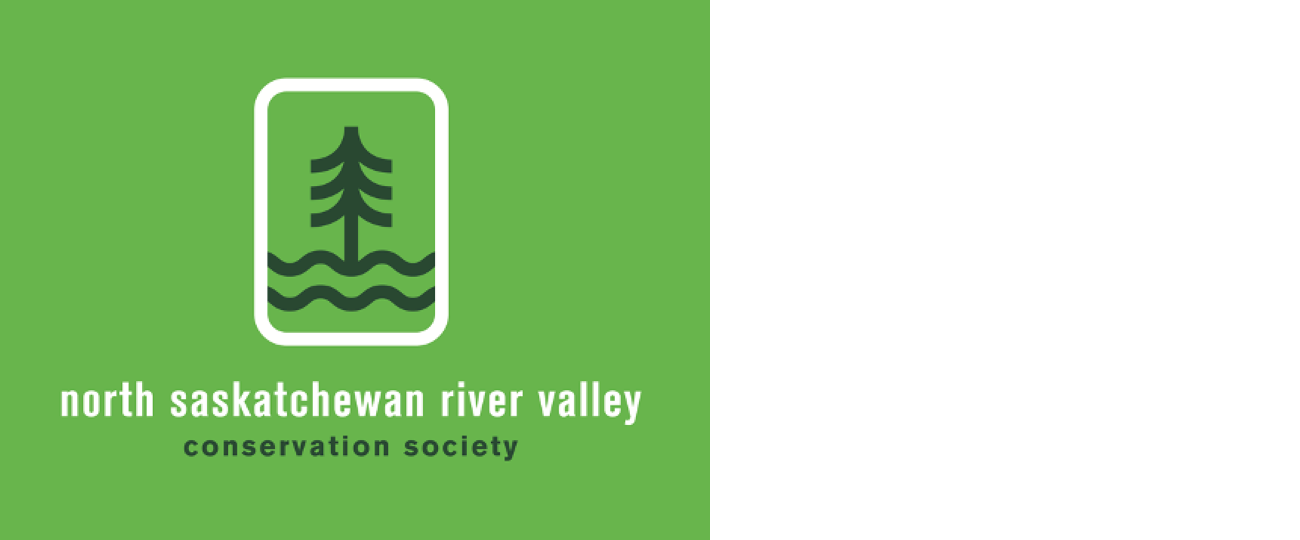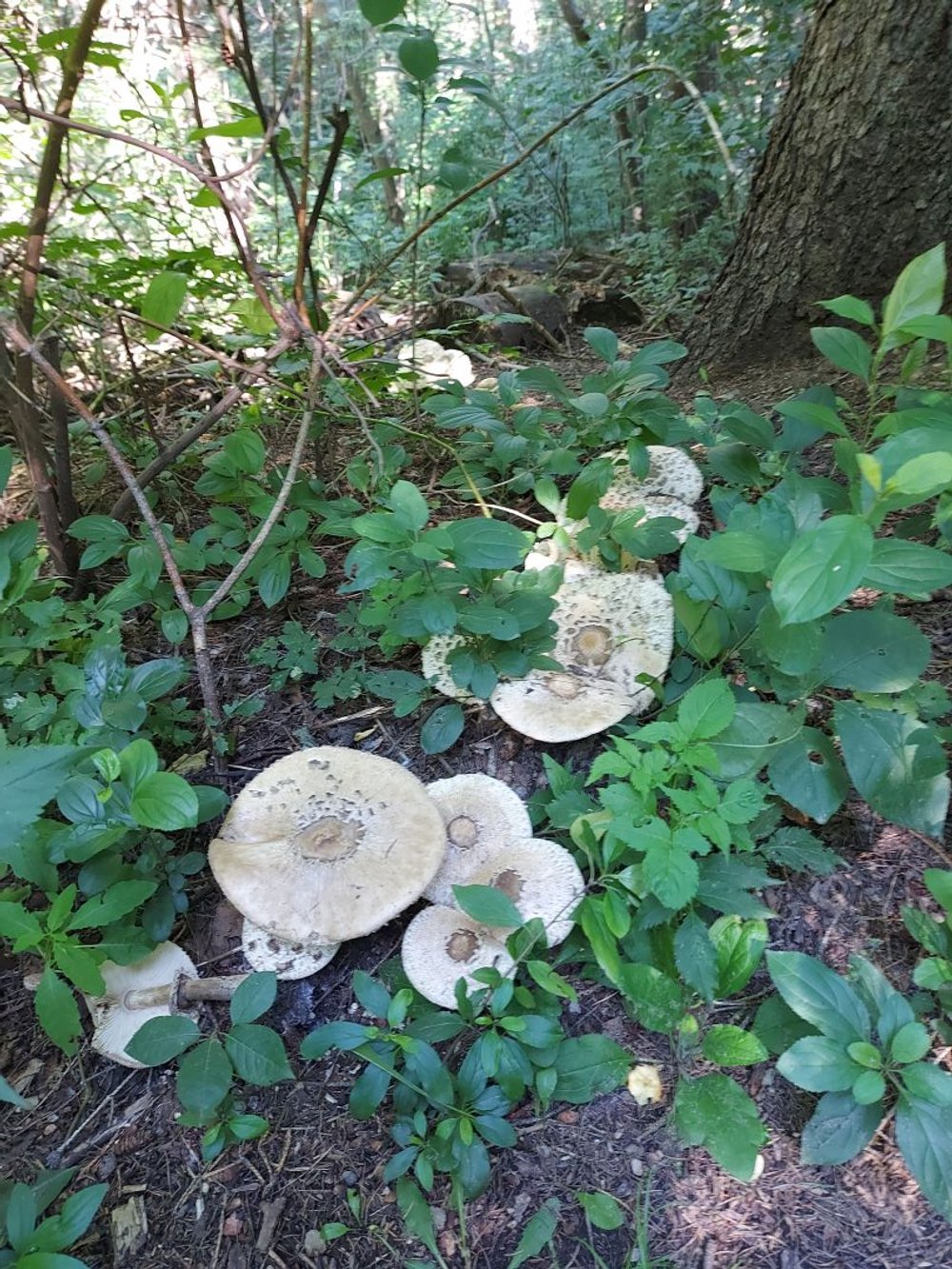Edmonton forest school seeks to raise curious, nature loving children
September spots are open for the not-for-profit Edmonton Forest School which runs full-day, half-day, and once-a-week program options at Gold Bar Park for preschool, kindergarten, early dismissal, and homeschool programs from September to June.
The society’s goal is to support children in the development of a sense of place, an ethic of care towards nature, and an understanding of themselves as a part of the natural world. It seeks to contribute to the health of our natural environments by fostering meaningful connections between children and nature.
By strengthening their bonds with the natural world, children become responsible stewards of their forests, watersheds, wildlife, and other ecological resources. Connection to the natural world takes time. Through the school’s programming, children will explore, play and learn in the same natural spaces over all four seasons, fostering a deep connection to the natural world. https://edmontonforestschool.com/
Conservation easement protects Visser farmland forever
Doug Visser’s farm is in northeast Edmonton across the river from Fort Saskatchewan. The North Saskatchewan River flows by on the east and north side of the farm. Doug moved here when he was five years old. For the first couple of summers, First Nations people lived on part of the land catching rabbits.
The land includes a forest and is very good for root crops and vegetables. His daughter and son-in-law run a market garden that sells vegetables directly to Edmontonians. Doug has taken steps to preserve these special agricultural lands, which he says are important because it gives so much to us in terms of food and biodiversity.
He has developed a conservation easement with the Edmonton & Area Land Trust which gifts a bundle of rights to EALT to protect than land. Agriculture is still permitted, but the 73-acre forest and natural area is protected from forestry and subdivision. Doug feels relieved and secure that this land will be preserved into perpetuity.
Conservation easements are a nice tool because landowners still own the land and can pass it on to their family or sell it if they wish. But the bundle of rights from the conservation easement are associated with the land title itself, so future landowners must adhere to the restrictions put in place.
https://www.cbc.ca/listen/live-radio/1-17-edmonton-am/clip/16002632-a-visit-visser-farms
Splooting is a goofy act that signals something serious
As climate change is making extreme heat events more common, squirrels are splooting to cope. Splooting is behavior some animals use to cool their body temperature. Squirrels are finding cool surfaces and lying on their stomachs, legs spread, to cool off. Think of it like finding the cool side of the pillow when you're trying to fall asleep.
Sunny Corrao of the New York City Department of Parks and Recreation says it's about transferring the heat away from their bodies: "They're trying to find a cool space, and if they can put as much of their core body on to a cool space, then the heat is going to transfer from their bodies to the other surface. In the case of squirrels, you'll often see them maybe on a shady sidewalk, or a park path, or in the grass, just splayed out."
Animals that can't sweat have to resort to other behaviors to cool off. Dogs pant. Birds dunk themselves in water. Splooting can be a sign that squirrels and other animals are experiencing temperatures much higher than what they're used to. https://www.npr.org/2023/06/29/1185092056/squirrels-splooting-heat-wave-climate-change
Let’s Find Out a monthly podcast about YEG history
This local podcast is recorded in Edmonton, aka Amiskwaciwâskahikan, on Treaty Six territory. It takes questions from curious Edmontonians about local history and finds out the answers together. The podcast is currently in the midst of a season about parks and natural areas in Edmonton.
Chris Chang-Yen Phillips, the podcast host and producer, is a storyteller and people weaver. He is an MA History grad student at the University of Alberta and works as Podcasting Coordinator at CJSR 88.5 FM. Previously, he served as Edmonton’s 4th Historian Laureate. He loves learning about science, nature, and history.
Let’s Find Out is a publication of Taproot Edmonton. In 2018, it picked up a silver medal for Best Consumer Podcast from the Canadian Online Publishing Awards and was a finalist for the 2019 Canadian Podcast Award for Outstanding Documentary. In 2020, Let’s Find Out was an Emerald Award finalist in the Public Education & Outreach category. https://letsfindoutpodcast.com/
Ria Busink photo
River Valley News taking a break
This weekly e-newsletter is taking a 3-week break from August 25 through September 13. We will resume publication on Thursday, September 14.
Comment or contribution
Please note that articles may not reflect the position of NSRVCS. River Valley News is meant to be a clearinghouse for the wide variety of opinions and ideas about Edmonton’s River Valley. Email river valley photos, event information, comments, or questions to nsrivervalley@gmail.com
















